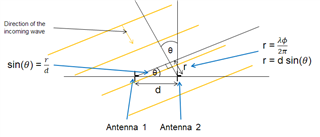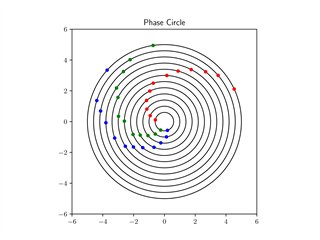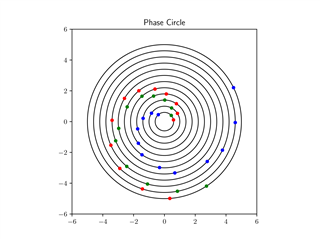Hello, experts. I'm conducting experiments with the RTLS example. But I ran into some problems. My devices and environments are as follows.
Devices:
- CC2652R × 2
- boostxl-aoa × 1
Environments:
- cc13xx_cc26xx_sdk 6_10_00_29
- CCS 11.0.0
I am using the rtls_coordinator and rtls_responder examples. The boostxl-aoa is plugged into the CC2652R in which the rtls_coordinator example was flashed. The relevant configurations are the following.
Rtls_connected.py:
# ...
"aoa_pattern_len": 3,
"aoa_ant_pattern": [0, 1, 2]
# ...
scan_time=6,
connection_interval=10,
continues_connection_info=False,
angle_of_arrival=True,
angle_of_arrival_params={
'enable_filter': True,
'slot_duration': 2,
'sample_rate': 1,
'sample_size': 2,
'cte_length': 20,
'cte_interval': 2
},
data_collection_duration=30
# ...
// DO NOT EDIT - This file is generated by the SysConfig tool.
// Antenna DIO configuration (should be adapted to the antenna board design)
uint32 antennaTbl[] = {
BV(27) | BV(28),
BV(27) | BV(29),
BV(27) | BV(30)
};

1. The phase rotations from red to blue and blue to green do not match.
2. The phase rotation from red to blue is higher than expected. Theoretically, it is a maximum of 0.56π (≈101°), while the phase rotation in the figure is clearly beyond 180°.
I would be grateful if I could get your help.


